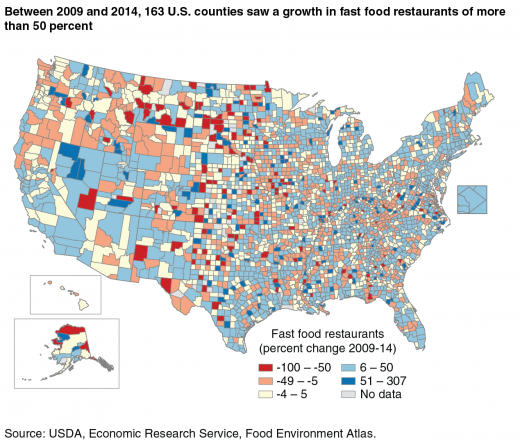 Are you stressed, bored, or angry at something or someone? Do you find yourself standing in front of an open refrigerator for relief? Then you are an emotional eater.
Are you stressed, bored, or angry at something or someone? Do you find yourself standing in front of an open refrigerator for relief? Then you are an emotional eater.
Our brains learn by association. A trigger sets the craving in motion which leads to action. When this includes food, this leads to unhealthy eating patterns.
So, in the New Year, it’s time to re-train your brain! Replace that bad eating habit with a new habit that is more healthful. Here are some ideas:
- Have healthful choices at the ready and easily available. Keep them in the front part of the fridge to grab first.
- Relax with some good music, a hot shower, or a good book.
- Get walking! A quick walk or jog helps clear your mind and pushes aside those food cravings.
- Distract yourself with a hobby, do chores around the house, or get an extra New Year’s resolution checked off the list, like cleaning out a closet!
Happy New Year!
Source: Tufts Health & Nutrition Letter, December 2017

